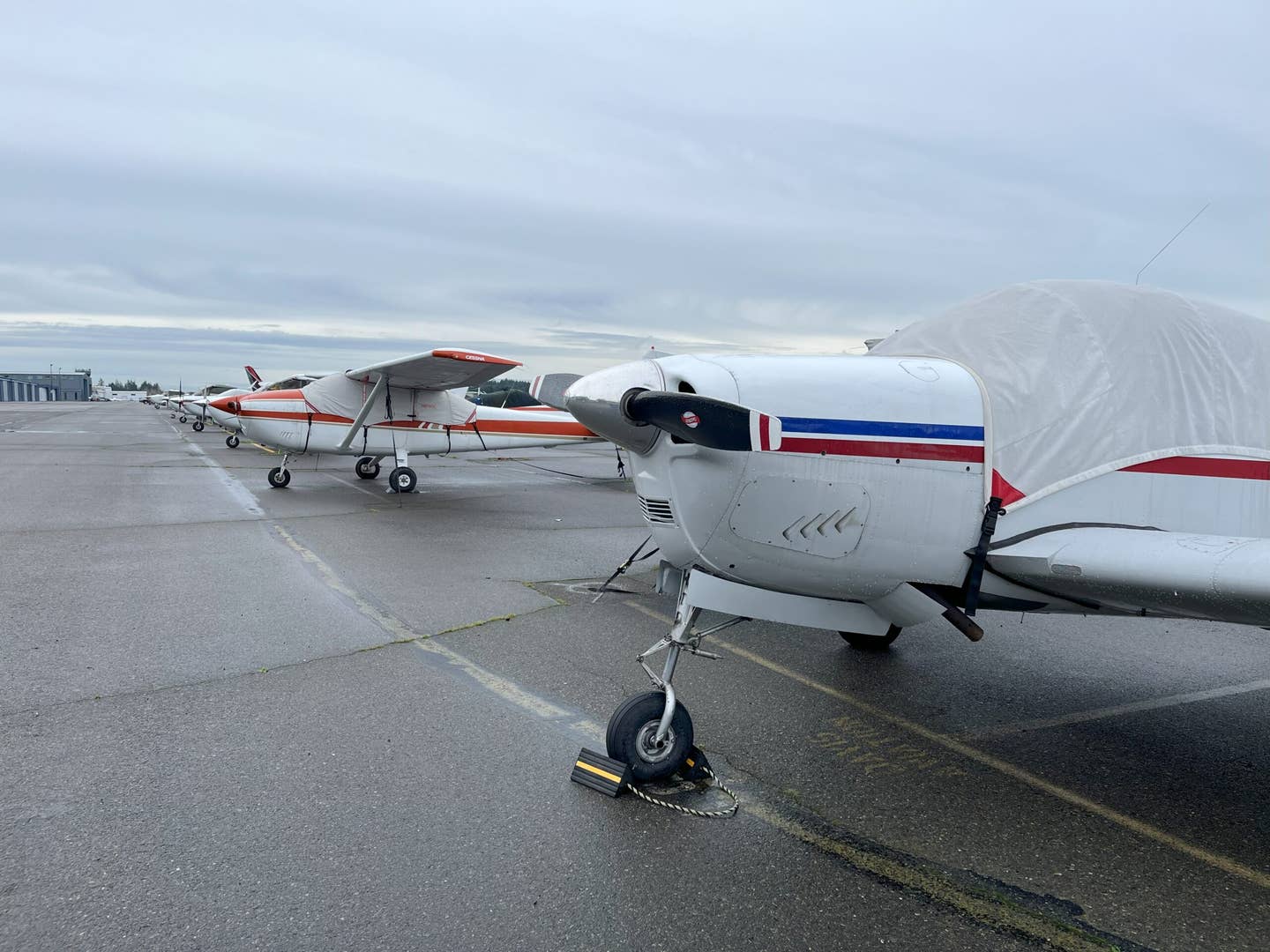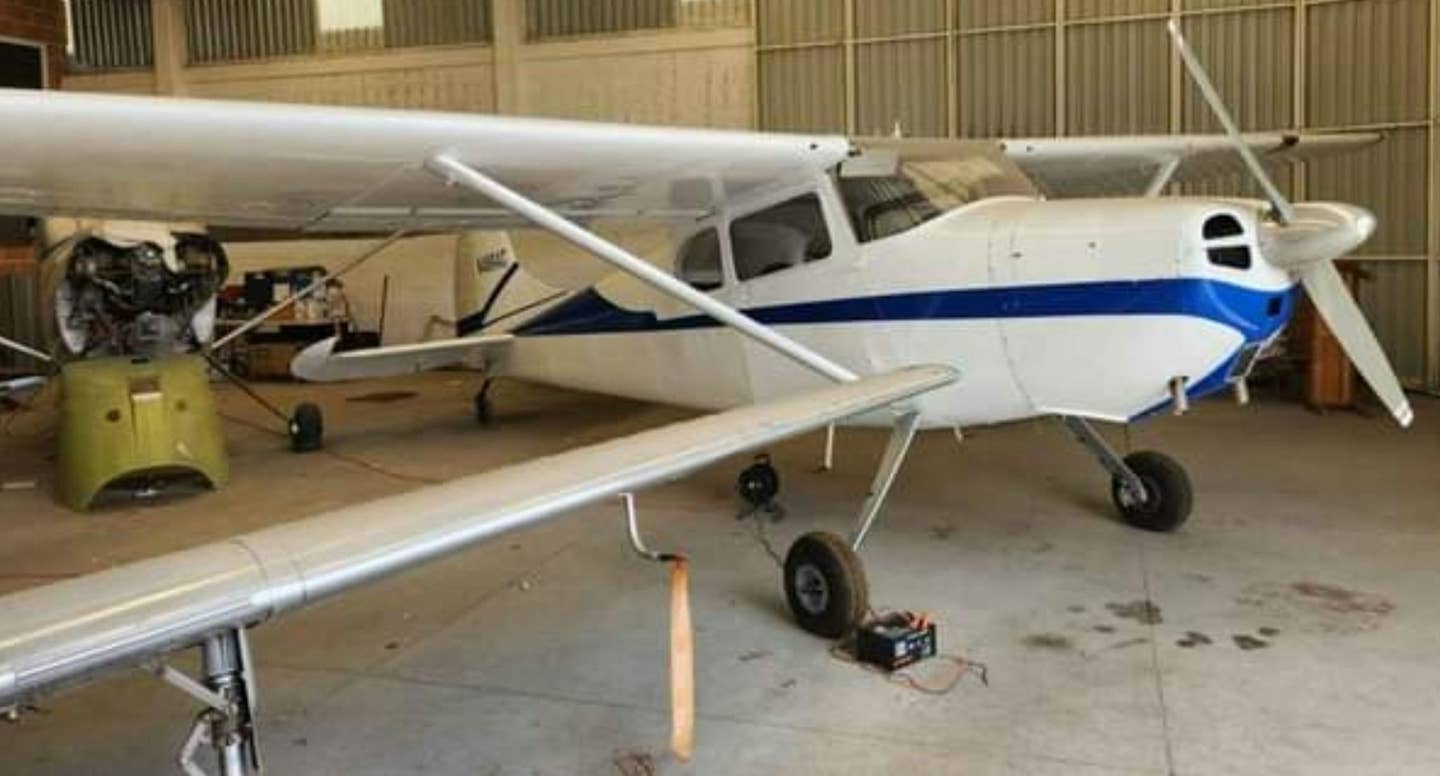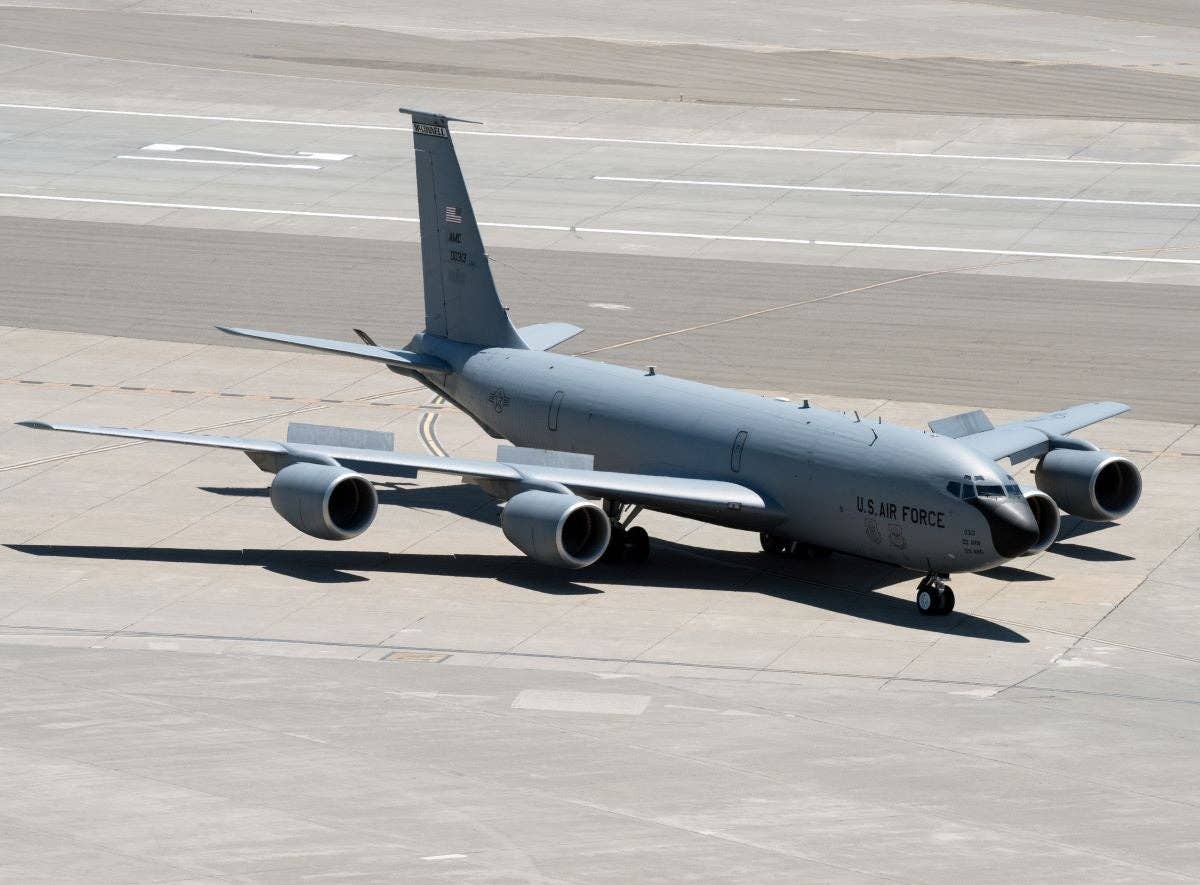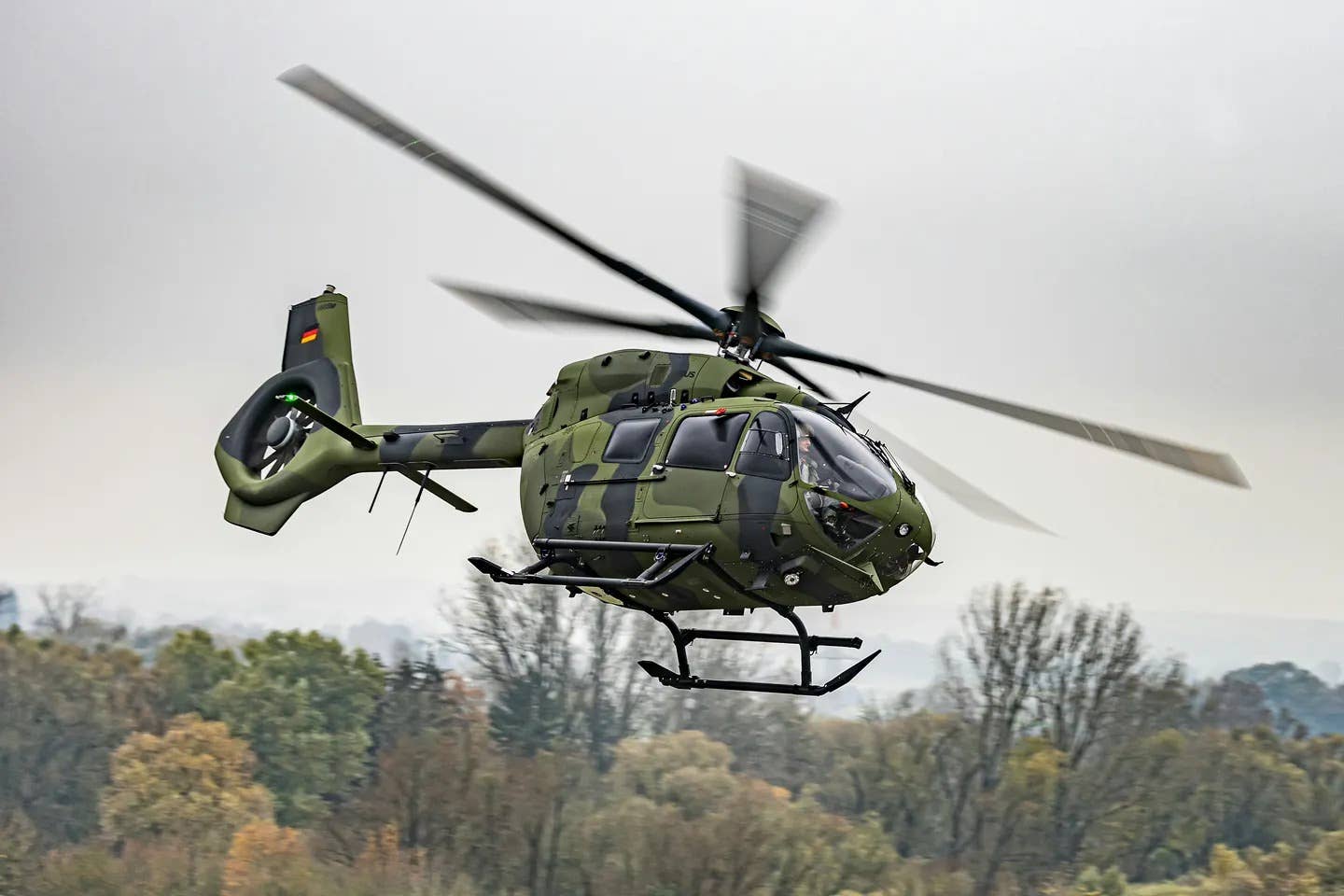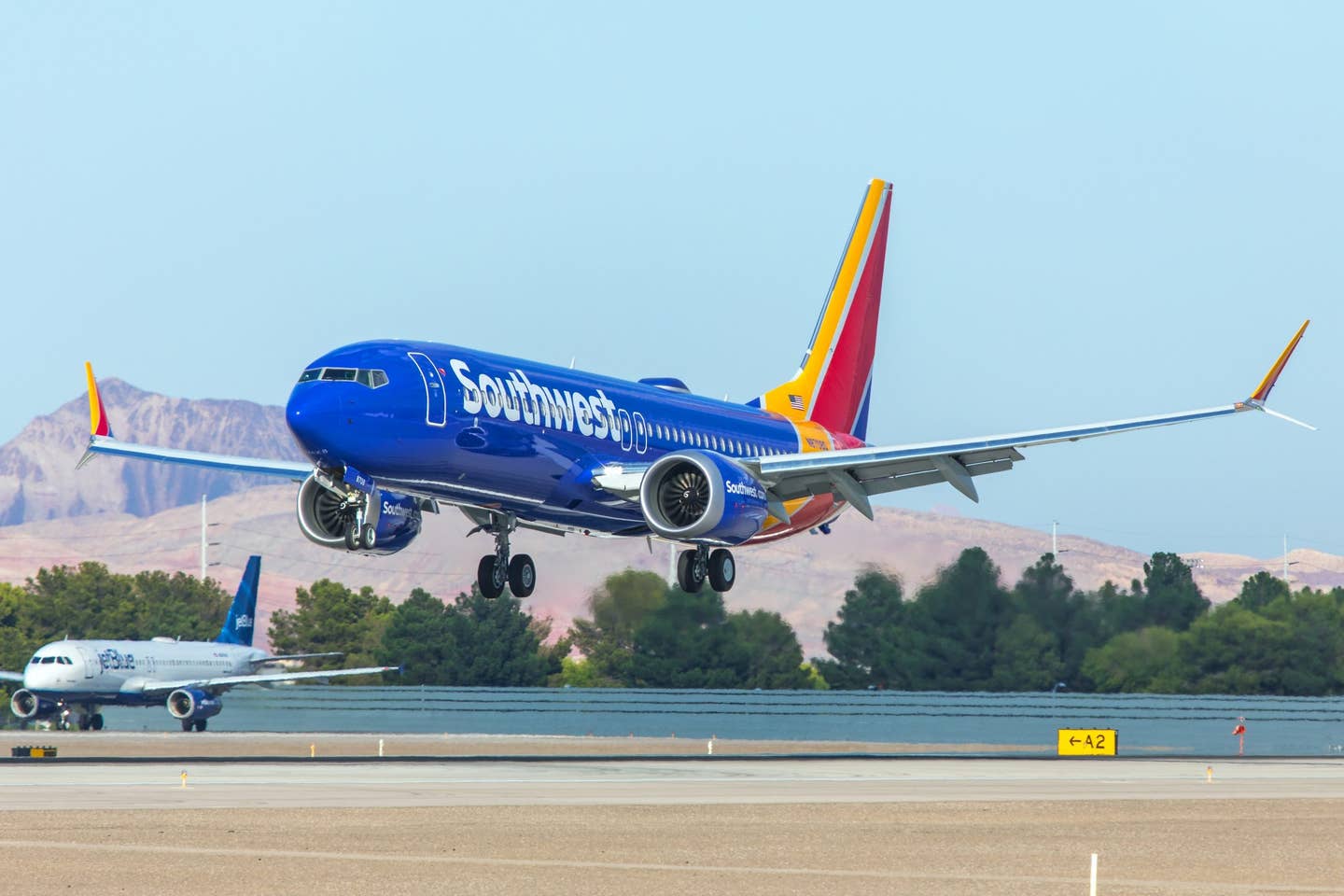
The U.S. Defense Research Projects Agency (DARPA) was dealt a setback to its ambitions to create an aircraft capable of traveling at speeds faster than 13,000 mph after contact with its hypersonic test aircraft was lost just minutes into a proving flight on Aug. 11.
It’s unclear what caused the loss of contact with the Falcon Hypersonic Test Vehicle 2 (HVT-2), but the result is eerily similar to a 2009 test flight. DARPA launched this latest test aircraft from California and watched it successfully separate from a rocket in the upper atmosphere and begin gaining speed as planned. But the agency said in a statement that it had only collected about nine minutes of data from the Falcon before an “anomaly caused loss of signal.” Initial indications were that the aircraft had “impacted the Pacific Ocean along the planned flight path.”
Early speculation focused on a loss of aerodynamic control at high speed.
“As today’s flight indicates,” said Air Force Maj. Chris Schulz, the program manager for the Falcon, “high-Mach flight in the atmosphere is virtually uncharted territory.”
DARPA researchers will analyze flight data to determine what went wrong.
DARPA says surface temperatures on the Falcon were expected to reach in excess of 3,500 degrees Farhenheit, hot enough to melt steel. It was supposed to fly at Mach 20, about 22 times faster than a commercial airliner.

Sign-up for newsletters & special offers!
Get the latest FLYING stories & special offers delivered directly to your inbox

